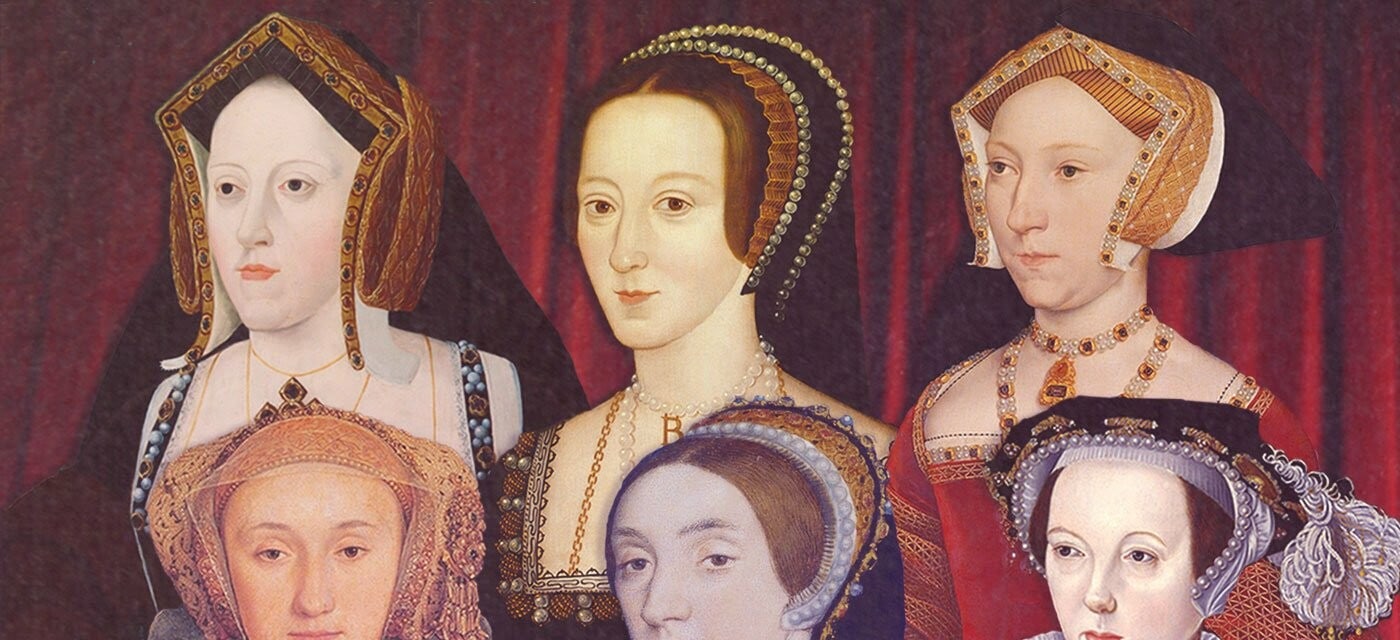The reign of Henry VIII is best known for two things: Breaking with the Catholic church to head the Church of England, and his six marriages. Actually, his marriage was the reason for the break, so it is fair to say Henry’s political and religious achievements pale in comparison to the fame he achieved by being a lusty man desperate for a son. But his wives were women beyond the chant, “Divorced, beheaded, died, divorced, beheaded, survived.” They had their own personalities, desires, hobbies, and skills. While constricted by the standards for noble women during the Tudor era, they are complex, fascinating people beyond their role in English politics and religion.

Queen Katherine, 1485 – 1536
Katherine of Aragon, daughter of Ferdinand and Isabella of Spain, went to England to marry King Henry VII’s eldest son Arthur. Shortly after their wedding, Katherine and Arthur became severely ill. Katherine recovered, but Arthur left her a young widow with an uncertain future. Upon Henry VII’s death, the new King Henry VIII quickly asked for her hand. They were married in 1509, and had one child, Mary. As Henry’s attentions turned to other women, she endured Henry’s claims that their marriage was never legitimate due to her marriage and consummation with his brother. Katherine passionately fought for her marriage for the rest of her life. Despite separation from her daughter and being forced to live in isolated castles, she insisted she was Henry’s true wife and Queen.

